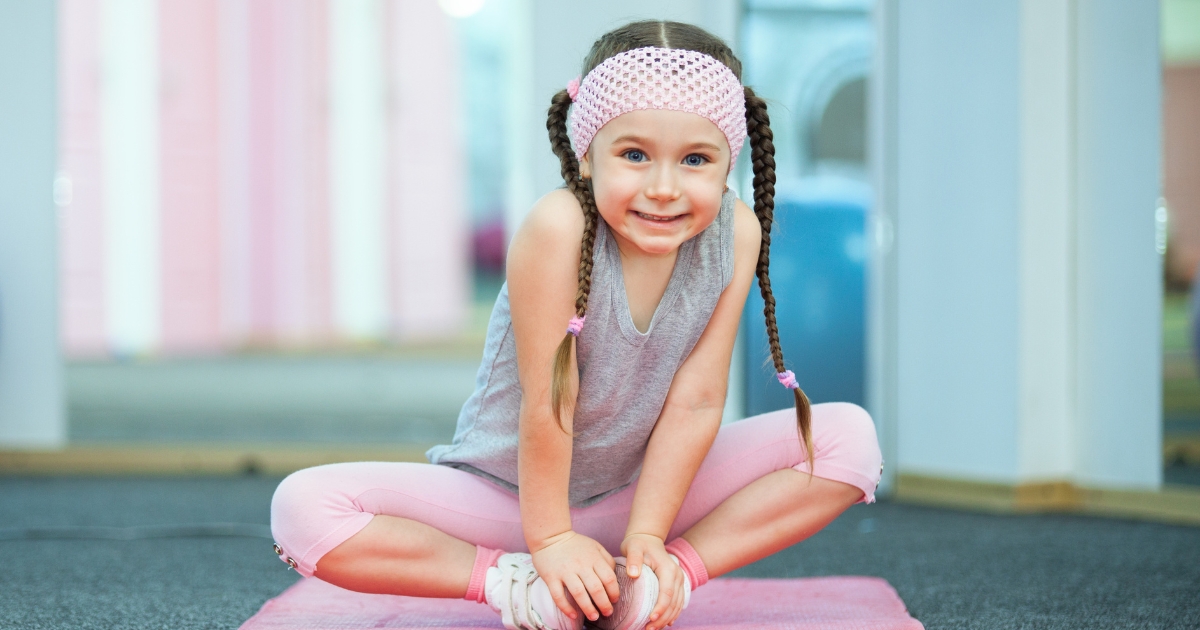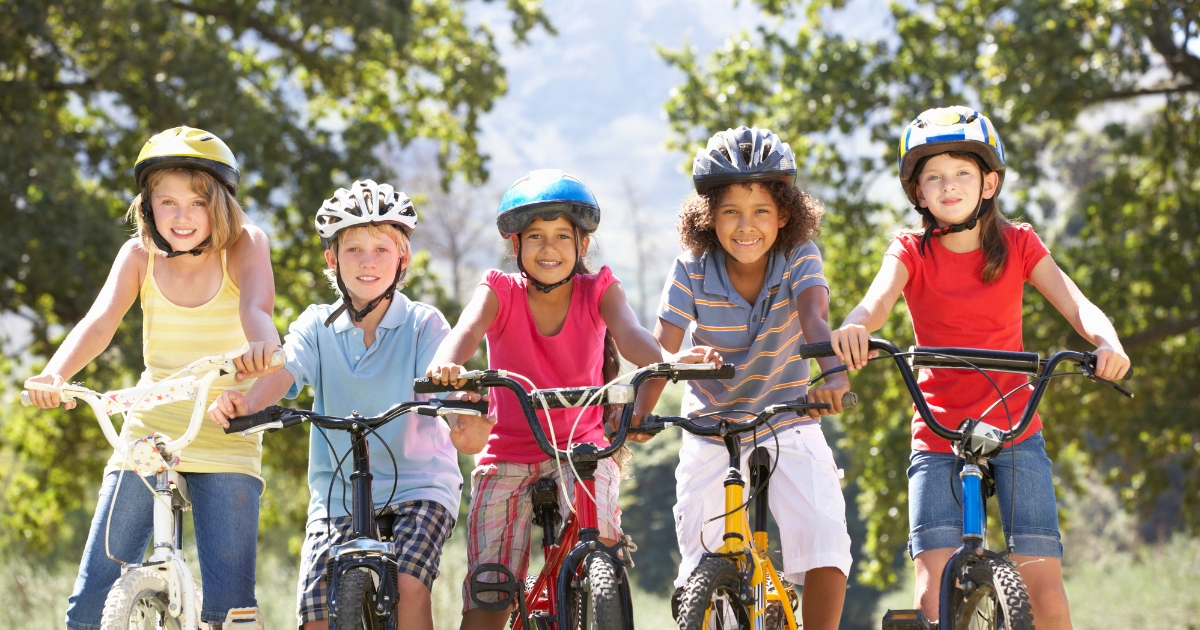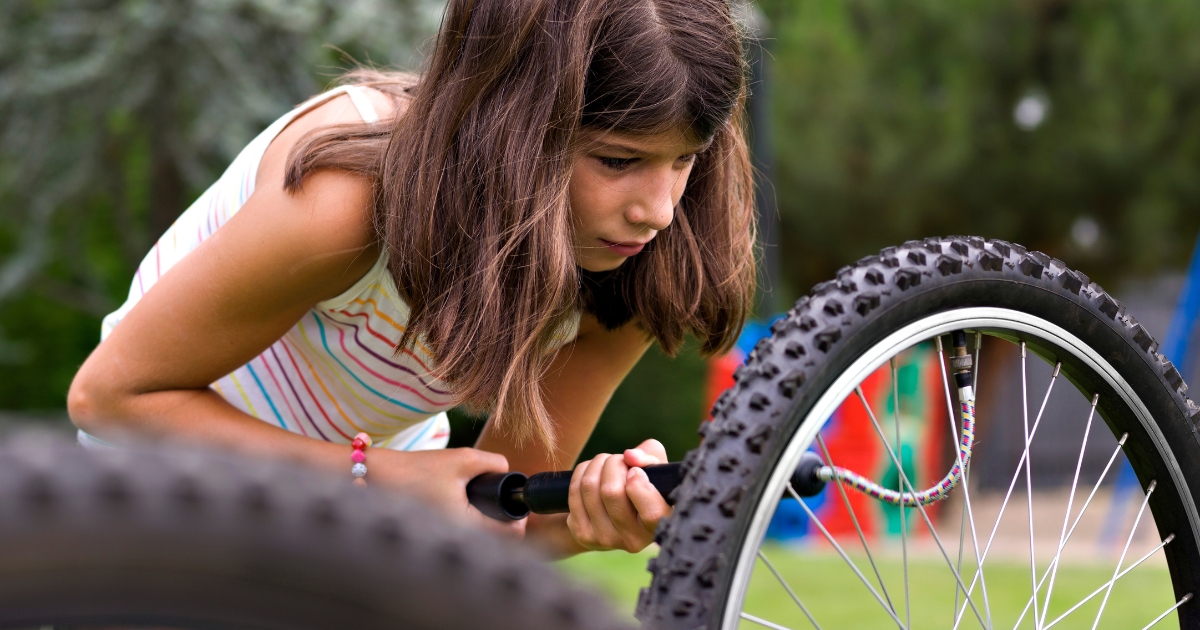Homeschooling provides a unique opportunity for parents to tailor education to their child’s specific needs and interests. While subjects like math, science, and literature often take center stage, one critical component that should not be overlooked is physical education. Integrating health and wellness into your homeschool curriculum is vital for fostering a well-rounded education. This blog post will explore why gym class is important in a homeschool setting, how teaching wellness to kids can be seamlessly incorporated into daily routines, and strategies for making physical education for children both fun and effective.
The Importance Of Physical Education In Homeschooling
Physical education for children is often seen as just a way to burn off extra energy, but its benefits go far beyond that. Physical activity helps build strong bones and muscles, improves cardiovascular health, and can even boost mental well-being. Children who engage in regular physical activity are more likely to develop healthy habits that they carry into adulthood. But why gym class is important goes beyond just the physical benefits. It also teaches essential life skills such as teamwork, discipline, and resilience. In a homeschool setting, physical education can be tailored to suit the individual needs of your child. Unlike traditional school environments where P.E. classes may be crowded and competitive, homeschooling allows for a more personalized approach. This means you can focus on activities that your child enjoys and is motivated to participate in, whether it’s swimming, hiking, or even dancing in the living room.
The goal is to make physical activity a natural and enjoyable part of daily life rather than a chore. Additionally, teaching wellness to kids can be woven into the fabric of your homeschool curriculum. This holistic approach ensures that physical education is not just about exercise but also about understanding the importance of a balanced diet, mental health, and overall wellbeing. By integrating these elements, you create a more comprehensive learning experience that benefits your child’s body, mind, and spirit.
Creating A Balanced Homeschool P.E. Curriculum
When planning your homeschool P.E. curriculum, it’s essential to consider a variety of activities that promote different aspects of physical fitness. Cardiovascular exercises, strength training, flexibility, and coordination should all be included to provide a well-rounded physical education for children. Start by setting specific goals for your child. These could be as simple as improving endurance, learning a new sport, or developing better flexibility. One effective strategy is to incorporate daily physical activities that are both structured and unstructured. For example, you might begin the day with a structured workout routine, such as a series of stretches and strength exercises. This can be followed by an unstructured activity like free play in the backyard or a nature walk. The key is to keep things varied and engaging so that your child looks forward to these activities each day.
Understanding why gym class is important can also help you design a more effective curriculum. Gym class is not just about physical activity; it’s also about fostering a sense of community and teamwork. Even in a homeschool setting, these elements can be included. Consider organizing group activities with other homeschooling families or participating in local sports leagues and community events. These experiences can provide valuable social interactions and help your child develop important social skills.
Teaching wellness to kids should also be a priority in your homeschool P.E. curriculum. This means educating them about the importance of nutrition, sleep, and mental health. You can integrate lessons on healthy eating by involving your child in meal planning and preparation. Discuss the benefits of different foods and how they contribute to overall health. Similarly, educate your child about the importance of adequate sleep and establish a consistent sleep routine. Mental health can be addressed through mindfulness exercises, meditation, and open discussions about emotions and stress management.
Practical Tips For Homeschool P.E. Success
Making physical education for children a success in your homeschool requires creativity, consistency, and a willingness to adapt to your child’s needs. One practical tip is to create a dedicated space for physical activities. This could be a corner of your living room, a section of your backyard, or even a nearby park. Having a designated area for exercise can help establish a routine and make it easier to incorporate physical activity into your daily schedule. Another tip is to use resources and tools that make physical education fun and interactive. There are numerous online platforms and apps designed specifically for kids that offer guided workouts, yoga sessions, and dance routines. These can be a great way to introduce variety and keep your child engaged. Additionally, consider using fitness trackers or apps that allow your child to set and track their fitness goals. This can provide a sense of accomplishment and motivation to stay active.
Understanding why gym class is important can also guide you in choosing the right activities for your child. Focus on activities that align with their interests and abilities. For instance, if your child loves animals, consider incorporating activities like horseback riding or nature hikes. If they enjoy music, try dance or rhythm-based exercises. The goal is to make physical education a positive and enjoyable experience that fosters a lifelong love of fitness. Teaching wellness to kids can also be enhanced through hands-on experiences and real-life applications. For example, you might involve your child in gardening, which not only provides physical activity but also teaches them about nutrition and the importance of fresh produce. Similarly, cooking together can be an opportunity to discuss healthy eating and the nutritional value of different foods. These practical experiences help reinforce the lessons learned in your homeschool P.E. curriculum and make them more meaningful and memorable.
Incorporating a holistic approach to health and wellness in your homeschool P.E. curriculum is essential for fostering a well-rounded education. Understanding why gym class is important and how physical education for children can benefit their overall well-being is the first step. By creating a balanced curriculum that includes a variety of activities, focusing on teaching wellness to kids, and using practical tips to keep things engaging, you can ensure that your child develops healthy habits that will last a lifetime.
Not Just About Exercise
Remember, physical education is not just about exercise; it’s about creating a lifestyle that prioritizes health and wellness. By taking the time to integrate these elements into your homeschool routine, you provide your child with the tools they need to thrive physically, mentally, and emotionally. If you’re looking for more resources or personalized guidance, consider reaching out to a homeschooling community or professional who can offer additional support and advice. Your child’s health and happiness are worth the effort, and the benefits of a holistic approach to homeschool P.E. will be felt for years to come.
By focusing on the importance of physical education for children and understanding why gym class is important, you can create a homeschool environment that truly nurtures your child’s development. Teaching wellness to kids is a lifelong gift that will help them grow into healthy, happy, and well-rounded individuals. Take the first step today and start incorporating these principles into your homeschool P.E. curriculum. Your child will thank you for it.





